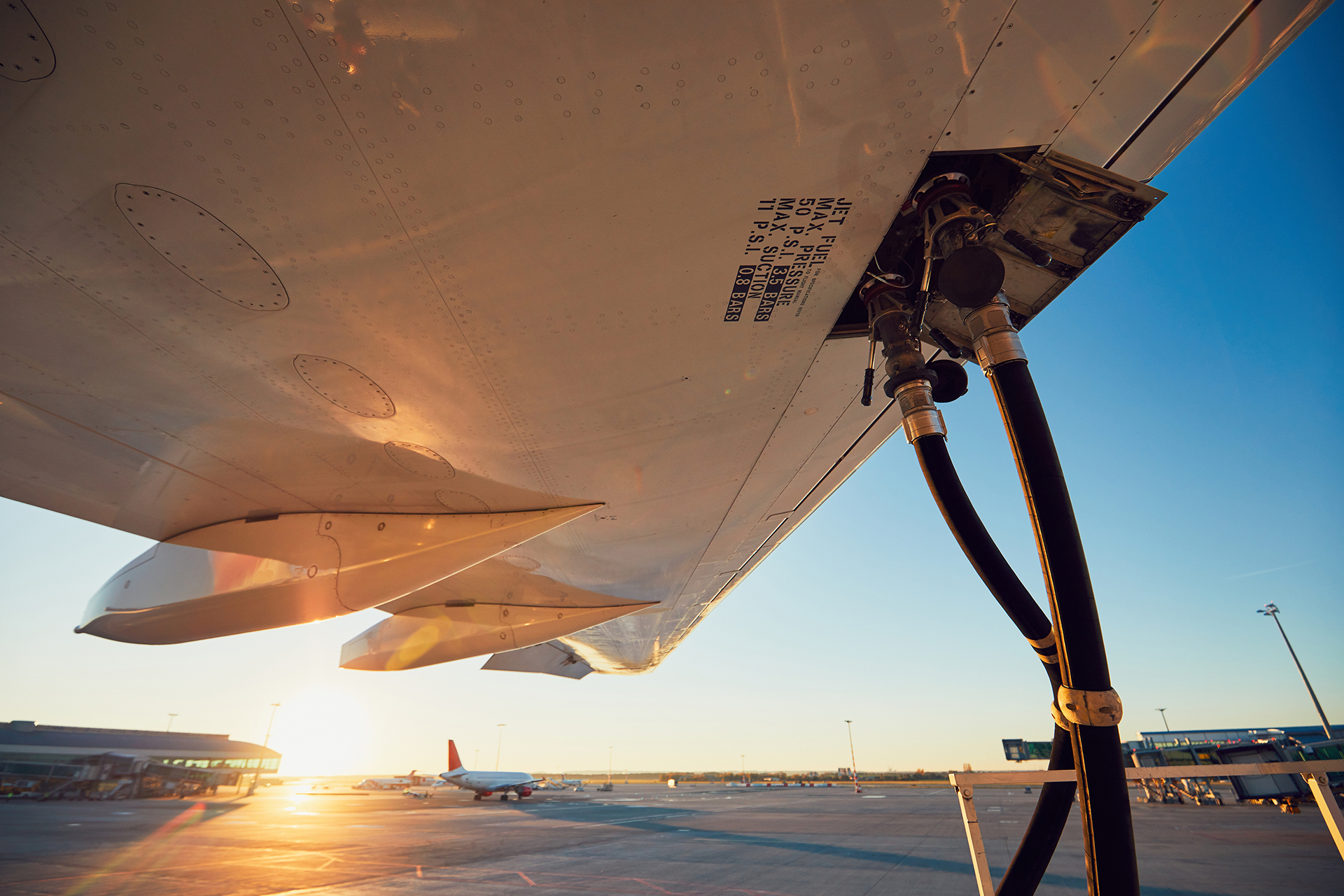Sustainable aviation fuels work. Reducing carbon emissions up to 80%, they are a proven drop-in technology and certified for 50% blends in engines. With 100% carbon reduction and 100% certification on the way, the future from a technology perspective looks bright.
But there are challenges. SAF are more expensive than Jet A1 and supply is limited.
Marie Owens Thomsen, IATA’s Senior Vice President, Sustainability and Chief Economist says the complexities involved mean there are no easy solutions. But, just as Thomsen’s role now combines sustainability with economics, certain financial truths need to be understood to at least get SAF on an equal footing with conventional jet fuel.
“Governments must start the ball rolling with right policies and then the financial side will follow,” she says. “And the first thing governments should do is create supporting policies to increase SAF production.”
Countries that have signed the Paris Agreement to limit global warming to 1.5C are still subsidizing an overwhelming number of products and services that are based on fossil fuel. In the European Union alone, some €50 billion is spent in this area annually. Although, overall, more EU money goes to green energy than brown energy that is not necessarily true of individual countries.
“To date most countries don’t incentivize SAF production,” says Thomsen. “It’s extraordinary. It means that refineries that could produce SAF aren’t doing so. As we see more renewable fuel production capacity coming online that doesn’t necessarily mean that SAF will be produced, as bio-diesel remains the cheaper production option.”
Mandates
Instead of incentivizing production, some governments are mandating SAF output. Mandates could force producers to focus on using proven SAF pathways like HEFA (cooking oil) at the expense of other feedstock pathways that require more research or e-fuels. It will also be a barrier to entry for potential other producers.
“A mandate is not an action that makes sense,” Thomsen suggests. “We have a supply problem, not a demand problem. More than 450,000 commercial flights have been operated using SAF and every drop ever produced has been bought and used. That is why incentives make more sense.”
The transition to affordable SAF is possible. Solar and wind are now the cheapest energies available, for example. And SAF doesn’t need to become cheap in absolute terms—a relative price advantage compared with Jet A1 is enough. That would make SAF the most profitable option to take, provided production follows.
“There are so many other factors that will affect the price of SAF,” Thomsen warns. “The availability and price of feedstocks, for example, but also the availability of green energy to develop e-fuels that are still in the research stage.”
But the point is not what the price of SAF will be, but the fact that it cannot be an inferior investment option. A clear policy framework that investors trust to venture into this nascent field is essential. This means policies that are forward looking, stable, and harmonized…



